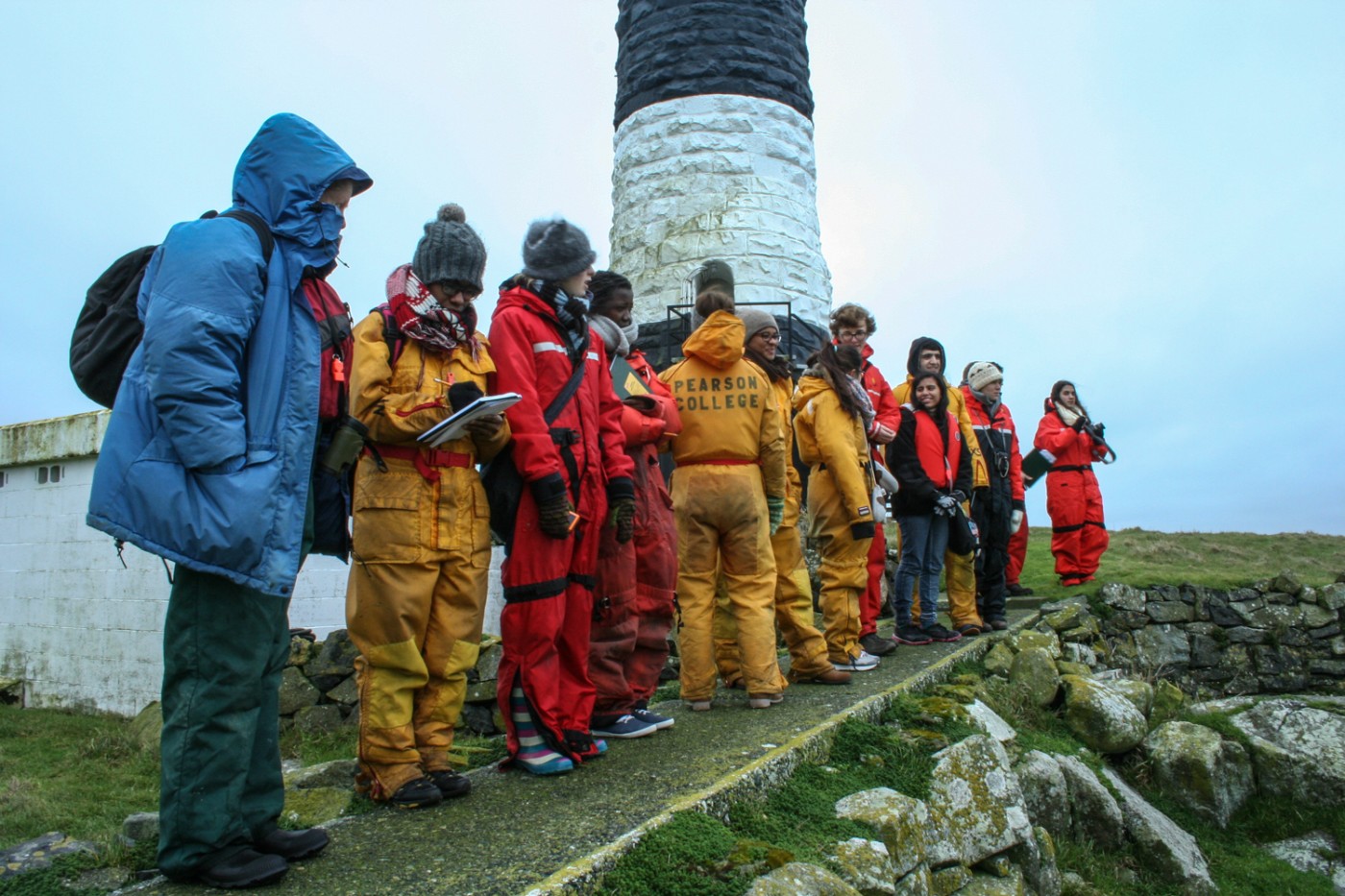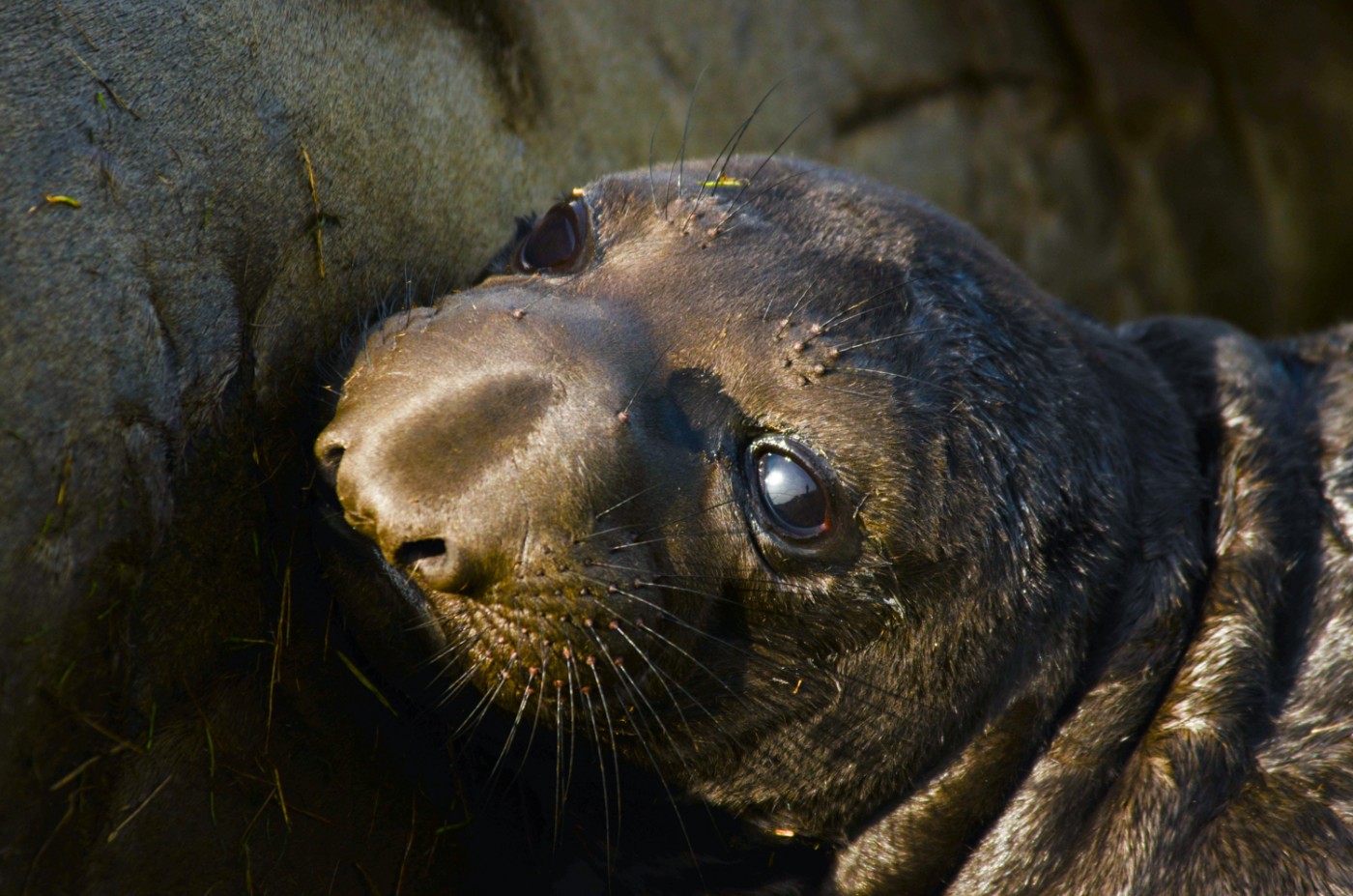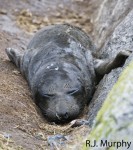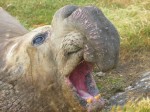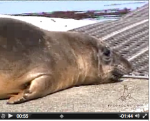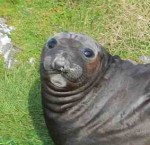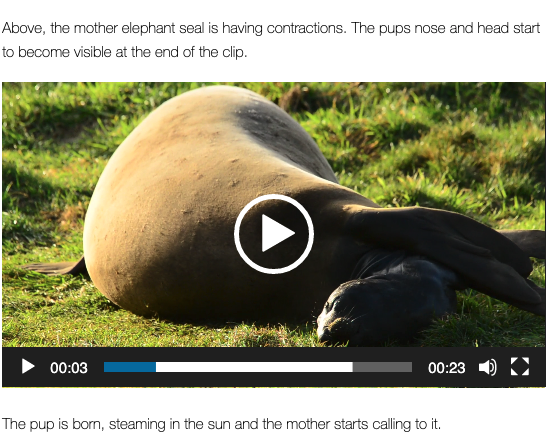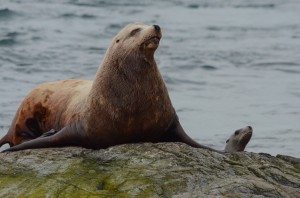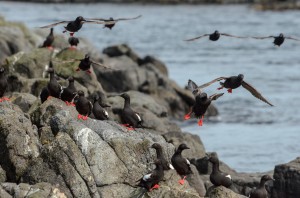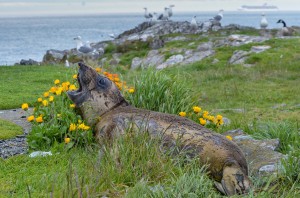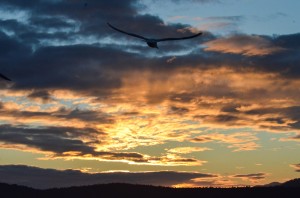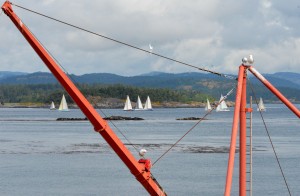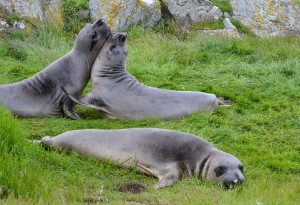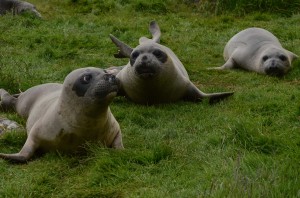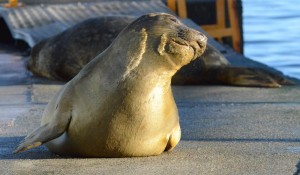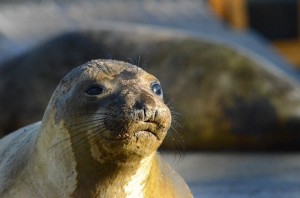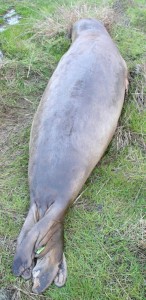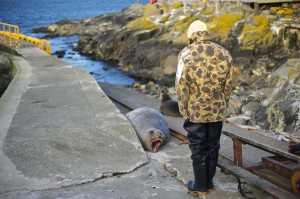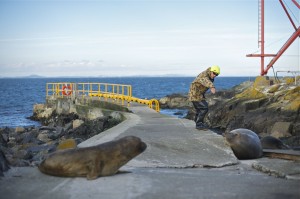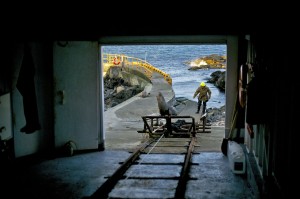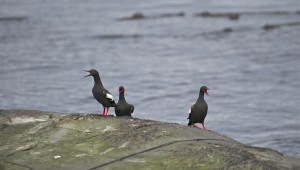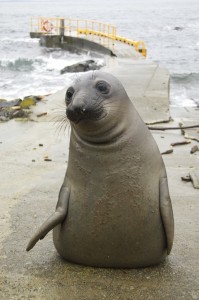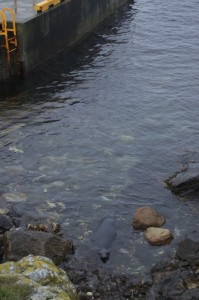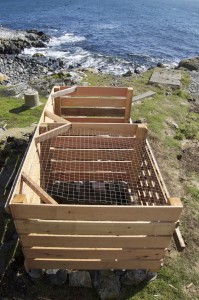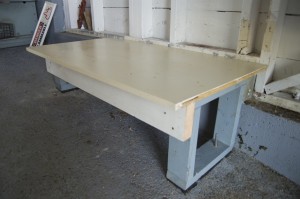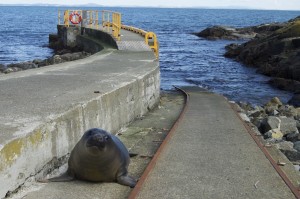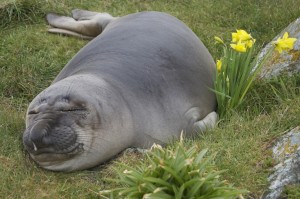Arrival of elephant seal pup watched around the world
Sandra McCulloch / Times Colonist
January 14, 2014 09:15 P
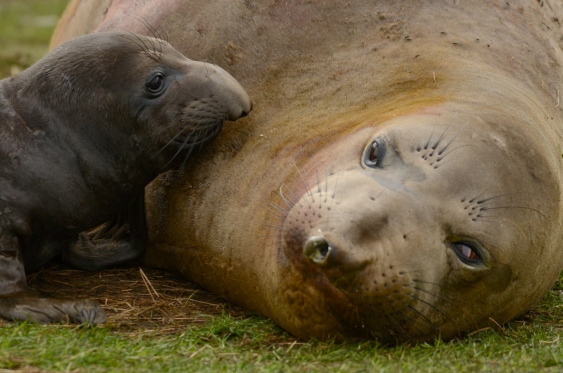
An elephant seal and her pup at Race Rocks Ecological Reserve. Photograph by: Alexander Fletcher
An elephant seal pup is nursing at its mother’s side at Race Rocks Ecological Reserve, oblivious to the fact a camera is sending its image around the world.
The pup was born Monday evening — the first birth of an elephant seal this year on the main island, said Garry Fletcher, educational director for the reserve’s website.
Another elephant seal was born last week on one of the smaller islands but rough weather washed it into the sea where it perished.
“All the ones that are born on the outer islands get washed off,” Fletcher said Tuesday. “This one is from a mother that’s had young ones there four or five times before.”
Race Rocks is the only spot in Canada where elephant seals breed, Fletcher said. Normally, elephant seals choose breeding colonies in Oregon or northern California.
There are usually a few elephant seals hanging out at Race Rocks throughout the year, Fletcher said. Last June, a record high of 15 elephant seals were counted on the reef.
Elephant seals are far out-numbered at Race Rocks by their cousins, California sea lions and northern sea lions. Males can grow to four metres in length and weigh 2.3 tonnes, more than a average car, and are often twice as big as male California sea lions.
Harbour seals, which are smaller and much more commonly seen along the coast, also use Race Rocks to breed.
The numbers of elephant sea lions are rebounding after being hunted to near extinction by the end of the 19th century. Elephant seals are now protected under the Fisheries Act.
To see live images of the baby elephant seal, go to the Race Rocks website.
© Copyright Times Colonist
Other Media in which the story is covered:
